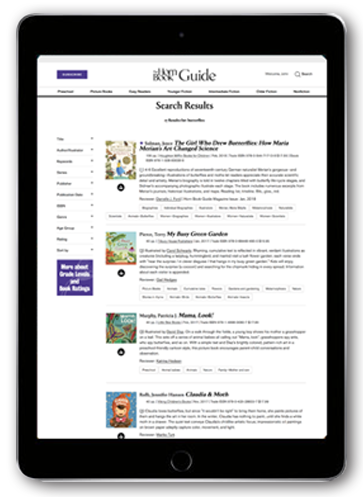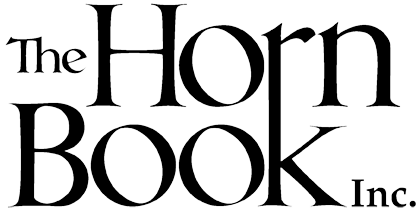Aly McKnight
2 Reviews
(2)
K-3
Illustrated by
Aly McKnight.
Rose, her oshiimeyan (younger sister), and their parents gather with other Métis families for the biannual buffalo hunt. This time will be different both because Rose's pa is one of the hunt's captains and because "the settlers and their iron horses had eliminated most of the buffalo"; the accompanying illustration shows Rose saying a "prayer of gratitude to the buffalo" while a train churns out black smoke, turning the blue sky gray. When scouts are unable to find buffalo after a week, Rose decides to look for them on her own. Her cleverness and bravery lead to success for the whole community. Lindstrom's (Autumn Peltier, Water Warrior, rev. 11/23) engaging text is well paired with McKnight's expansive, atmospheric watercolor and graphite illustrations. Back matter adds useful context; for example, in her appended note, Lindstrom says: "Rose's story is my version of the Little House series. So readers will know that before there was a little house on the prairie, there was a little tipi on the prairie...on the same land where the Little House stories were set." Important terms are defined, and a history of the buffalo hunt is provided. This Métis/Ojibwe perspective of life on the prairie by two Native creators is a moving tribute to a culture and people.
Reviewer: Nicholl Denice Montgomery
| Horn Book Magazine Issue:
March, 2025
(2)
K-3
Illustrated by
Aly McKnight.
A young girl and her family eagerly prepare for and take part in the Jingle Dress dance, an Anishinaabe tradition established during the 1918 1919 influenza pandemic. Havrelock's (Saddle Lake Cree Nation) straightforward text incorporates vivid sensory imagery ("buckles shine, beads glimmer"; "Mom's warm fingers slide through my hair") and realistic details ("Everyone gets a big shot of hair spray!"), and evokes both the contemporary and the traditional while capturing the narrator's excitement. McKnight's (Shoshone-Bannock) colorful watercolor and graphite illustrations focus on the family and the regalia, and include such details as the different colors of black in a girl's braids; the variety of Indigenous people's hair colors and textures; the jingles on dresses that sway so convincingly you can almost hear them; and a red handprint covering the mouth of a woman watching the dance, signifying her solidarity with Missing and Murdered Indigenous Women, Girls, and Two-Spirit People. Back matter gives more information about this century-old ritual of healing and thanks, including its significance in the wake of COVID-19 with its devastating effect on Native communities. A moving portrayal of how Jingle Dress dancers "dance for those who can't."
2 reviews
We are currently offering this content for free. Sign up now to activate your personal profile, where you can save articles for future viewing.





